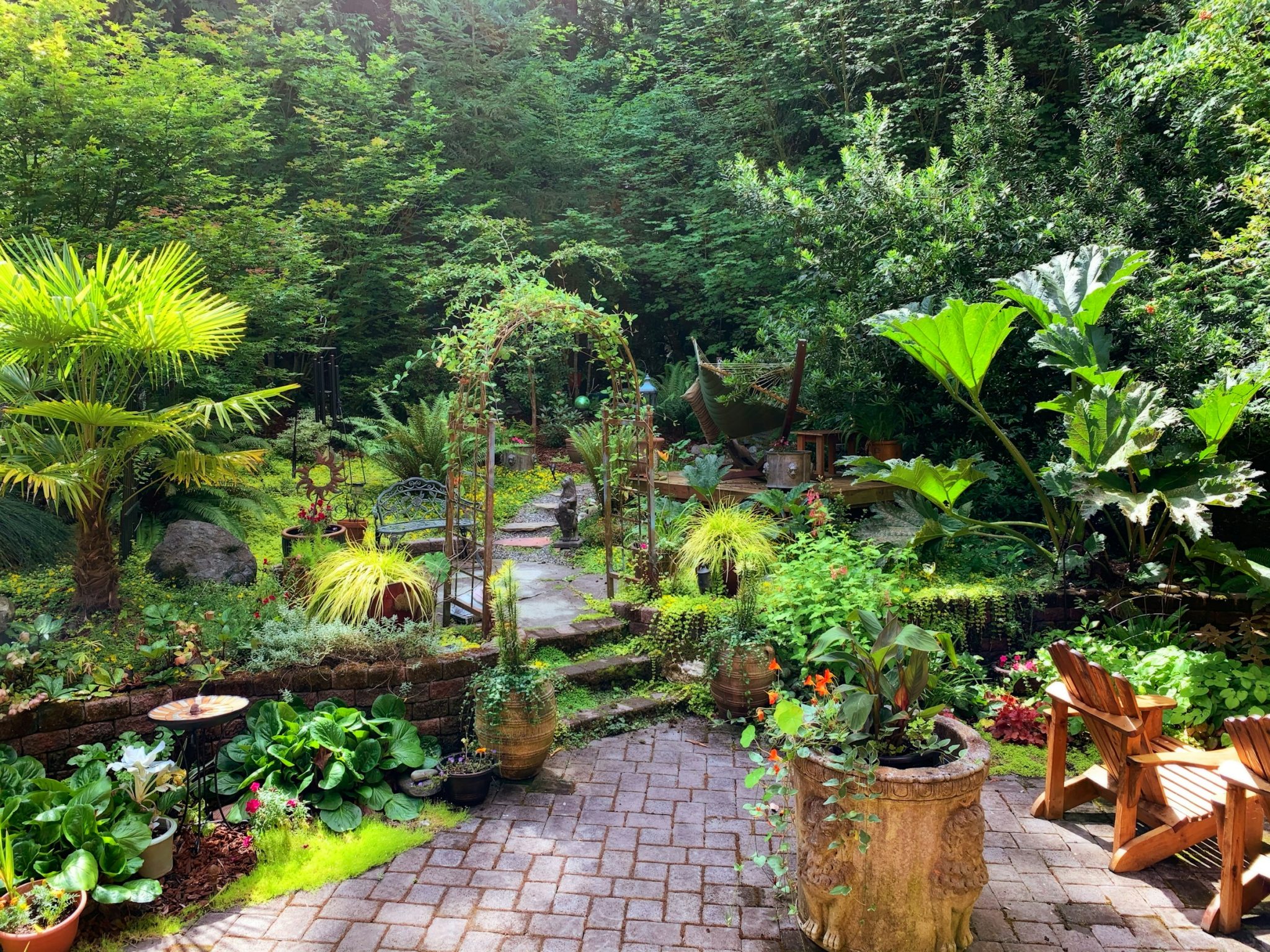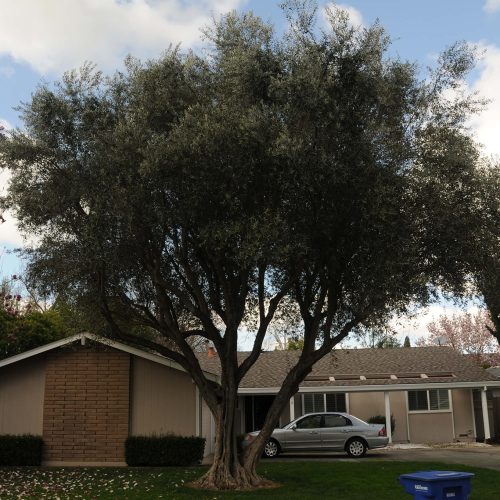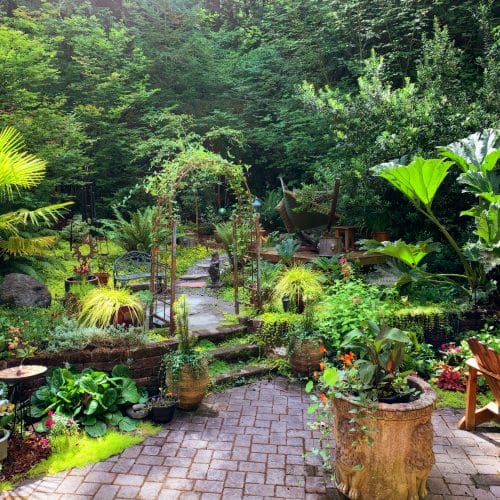Gardens are often seen as places of tranquility, beauty, and connection with nature. However, achieving that idyllic vision requires effort, knowledge, and a bit of creativity. Many people struggle with maintaining a garden, often due to neglect or lack of understanding about plant care. But fear not, for with the right tips and strategies, you can turn your neglected garden into a thriving oasis of greenery and serenity. In this blog post, we’ll explore various techniques and insights to help you transform your garden from neglect to nirvana.

Table of Contents
Sustainable Practices for Garden Waste Disposal
Effectively managing garden waste is essential for maintaining a thriving and eco-friendly garden. Organic materials like leaves, grass clippings, and pruned branches need to be disposed of properly to avoid environmental harm. Utilizing composting techniques is a fantastic way to recycle garden waste, turning it into nutrient-rich compost that enhances soil fertility and supports plant growth. Whether you are looking for professional garden waste disposal in Sydney or any other city, these services can handle larger items such as tree stumps or bulky branches, ensuring they are recycled or disposed of responsibly. Mulching garden waste is another sustainable practice that helps retain moisture, suppress weeds, and protect soil structure. By adopting these responsible waste disposal methods, gardeners not only improve their garden’s health but also contribute positively to a greener and more vibrant outdoor environment.
Understanding Your Garden’s Needs
The first step in revitalizing your garden is to understand its specific needs. This includes knowing your soil type, climate, and the types of plants that thrive in your region. Conduct a soil test to determine its pH level and nutrient content, as this information will guide you in selecting the right plants and fertilizers.
Next, assess the amount of sunlight your garden receives throughout the day. Different plants have varying light requirements, so choose species that are compatible with your garden’s light conditions. Additionally, consider factors such as drainage, wind exposure, and any potential pest issues that may affect your plants.
Choosing the Right Plants
Once you have a clear understanding of your garden’s conditions, it’s time to select the right plants. Opt for native species whenever possible, as they are well-adapted to the local climate and soil conditions. Native plants also require less water and maintenance, making them ideal for a low-maintenance garden.
Consider incorporating a variety of plants with different colors, textures, and heights to create visual interest and attract pollinators. Group plants with similar water and sunlight needs together to ensure they thrive. Incorporating perennials, which return year after year, can also reduce the need for constant replanting.
Proper Planting and Maintenance Techniques
Proper planting techniques are crucial for the success of your garden. When planting new additions, ensure they are placed at the correct depth and spacing according to their specific requirements. Water newly planted specimens thoroughly and mulch around them to retain moisture and suppress weeds.
Regular maintenance is key to keeping your garden healthy and vibrant. This includes watering plants as needed, removing weeds, pruning dead or overgrown foliage, and monitoring for pests and diseases. Develop a schedule for routine tasks to stay on top of maintenance and prevent issues before they escalate.
Watering Wisely
Watering is essential for plant growth, but it’s important to do so wisely to conserve water and promote healthy root development. Water deeply and infrequently rather than shallowly and frequently, as this encourages plants to develop deep root systems and become more drought-resistant.
Install a drip irrigation system or soaker hoses to deliver water directly to the root zone, minimizing evaporation and runoff. Water early in the morning or late in the evening to reduce water loss due to evaporation. Consider collecting rainwater in barrels to use for watering, reducing your reliance on municipal water sources.
Implementing Sustainable Practices
Incorporating sustainable practices into your gardening routine not only benefits the environment but also makes maintenance easier in the long run. Use organic mulch, such as compost or shredded leaves, to improve soil fertility, retain moisture, and suppress weeds. Avoid synthetic pesticides and herbicides that can harm beneficial insects and pollinators.
Encourage biodiversity by planting a variety of native plants and creating habitats for wildlife, such as bird feeders or insect hotels. Practice composting kitchen scraps and yard waste to create nutrient-rich soil amendments. These eco-friendly practices contribute to a healthier garden ecosystem and reduce your ecological footprint.
Designing for Aesthetics and Functionality
A well-designed garden not only looks beautiful but also serves functional purposes. Consider the layout and flow of your garden, taking into account pathways, seating areas, and focal points. Create designated zones for different activities, such as a vegetable garden, flower beds, or a relaxation area.
Choose garden structures and features that complement your overall design theme, whether it’s formal, cottage-style, or modern. Incorporate elements like trellises, arbors, or raised beds to add vertical interest and maximize space. Use containers for versatility and mobility, allowing you to rearrange plants as needed or bring tender species indoors during cold weather.

Transforming a neglected garden into a thriving haven is a rewarding journey that requires patience, dedication, and a bit of creativity. By understanding your garden’s needs, choosing the right plants, implementing proper techniques, and embracing sustainable practices, you can create a beautiful and functional outdoor space that brings joy and tranquility.
Remember that gardening is not just about achieving perfection but also about embracing the process and enjoying the connection with nature. With these tips and strategies, you can turn your garden from neglect to nirvana, creating a sanctuary that nourishes the mind, body, and soul. Happy gardening!
- About the Author
- Latest Posts
Whether she is researching the latest trends in home decor, life-changing destination getaways, or the best way to maintain your finances, Dewey takes pride in leaving no stone unturned. She is passionate about distilling and delivering high-quality information that you can use to upgrade your life.




